Six Things to Know About Medical Legal Partnership
As of November 1, 2020, National Veterans Intermediary (NVI) is called the Local Partner Network. Older content may reference our original name.
Juliet is an Army veteran, and she’s five months pregnant. She moved from Texas a couple months ago after filing for divorce from her ex-husband. When she goes the Department of Motor Vehicles to change over her driver’s license, she learns that it has been suspended due to unpaid fines that her ex swore he paid months ago. She’s not making enough money at her new job to pay the fines yet, and doesn’t want to risk further legal trouble by driving without a license. Luckily, she can walk to work, but her doctor is in the next town over, and there’s no inter-city bus service.
When Juliet calls to cancel an OB/GYN appointment at the last minute, her obstetric nurse notices that she has no-showed two important appointments already this month. At the rescheduled appointment, the doctor asks about Juliet’s transportation situation, and learns the simple reason behind her absences.
What happens next?
Well, that depends on whether the hospital has a medical-legal partnership.
If they don’t, the conversation might just end with, “Maybe you can find someone to give you a ride,” or a pamphlet with resources.
If there is an MLP, the doctor can refer the patient to an embedded lawyer who can orient Juliet to her legal options, and advise her on the process to get her license reinstated.
All kinds of legal barriers prevent people from accessing care or getting the most out of medical treatment. Medical-Legal Partnership is a structured model for collaboration between medical and legal professionals working to address the social determinants of health for patients. The goal of the model is to identify and address health-harming legal needs. A health-harming legal need could be anything from mold in an apartment to food security. Here are six things to know about this collaborative movement:
The model’s roots reach back to the 1960s
It was 1967 when a doctor at a rural health center in Mississippi recruited a lawyer to help meet patient legal needs contributing to housing instability, hunger, and health issues in his community. Since then, close partnerships between legal and medical professionals have developed, especially during the AIDs epidemic in the 1980s.
A New York Times article launched the model into the public eye
In the early 90s, Boston Medical Center partnered with Greater Boston Legal Services to advocate to improve asthma patients’ housing conditions. A 2001 article highlighted the partnership and drew national attention.
The VA has a Medical-Legal Partnership Task Force
In 2016, the VA launched its Medical-Legal Partnership Task Force. As of October 2018, the VA had 29 official MLP sites in 11 states.When looking at the unmet needs of homeless veterans, the necessity to solve health-harming legal issues becomes starkly clear: According to a VA study, legal issues represent 40% of the unmet needs of male veterans who are homeless, and 50% of women veterans who are homeless.
The model aims to tackle social determinants of health at three levels
As the movement has been codified, the National Center for Medical-Legal Partnership has defined impact at three levels: patient, institution, and policy. The impacts at patient level have been substantial and calculable, while the institutional and policy impacts take considerably longer to develop (and measure).
MLP lawyers had to contend with biases when embedding in healthcare settings
As the program was first implemented, there was initially a sentiment of mistrust and concern among providers, whose interactions with lawyers in medical settings had previously been malpractice-focused. In one MLP, two thirds of surveyed doctors reported feeling uncomfortable discussing social issues with patients.
The impacts are significant
Participating patients see a reduction in hospital admissions, healthcare spending is reduced through preventative care measures and increased patient compliance, and patients save money by participating in more reimbursable or covered interventions. 86% of clinicians surveyed by the National Center for Medical-Legal Partnership reported improved health outcomes and 64% saw better patient compliance with treatment plans.
The Medical-Legal Partnership model has made a difference in so many communities–is it time for it to make a difference in yours? To explore how to bring this model to your community, begin with the National Center for Medical-Legal Partnership’s MLP Toolkit.









